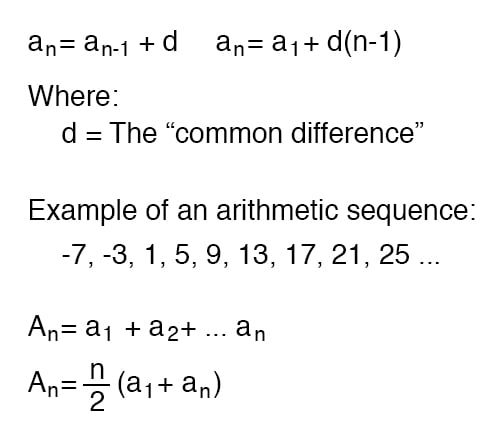
what does it mean to say that a n does not converge to L? There’s a nice trick to take the negation of such statements: We need to take the negation of the definition, i.e. Prove that the sequence a n= (-1) n is not convergent. Which shows that the sequence converges to 3. ♦Įxample 3. For each ε>0, we need to establish an N such that when n > N, we have | a n – 0| 0, we set N = 6/ε. Prove that if a n= 1/ n, then ( a n) → 0. for every positive real ε, there exists N, such that whenever n>N, we have |a n – L| N, we have | a n– K| M, we have | a n– L| max( M, N) such thatĮxample 1.We say that (a n) converges to a real number L (written a n → L) if: One can think of it as a function N → R, where N is the set of positive integers. Our focus here is to provide a rigourous foundation for the statement “sequence ( a n) → L as n → ∞”.ĭefinition (Convergence).

Definition of ConvergenceĪ sequence in R is given by ( a 1, a 2, a 3, …), where each a i is in R. Thus, L = sup(S) iff (i) L is an upper bound, (ii) for each ε>0, there exists x in S, x > L-ε. Since L-ε is not an upper bound, there exists x in S, x > L-ε. the set of real (or rational) numbers 0 0).

An upper bound of S is an element such that x ≥ y for all.Suppose X = R or Q and S is a non-empty subset of X. We shall now describe this in a more rigourous manner.įirst some basic definitions. One should have a mental picture of the set of rational numbers Q having “gaps” in its order structure, while R “fills up” these gaps. continuity, differentiation, sequence convergence etc. It provides a rigourous foundation of concepts which we usually take for granted, e.g. Much of analysis deals with the study of R, the set of real numbers.


 0 kommentar(er)
0 kommentar(er)
